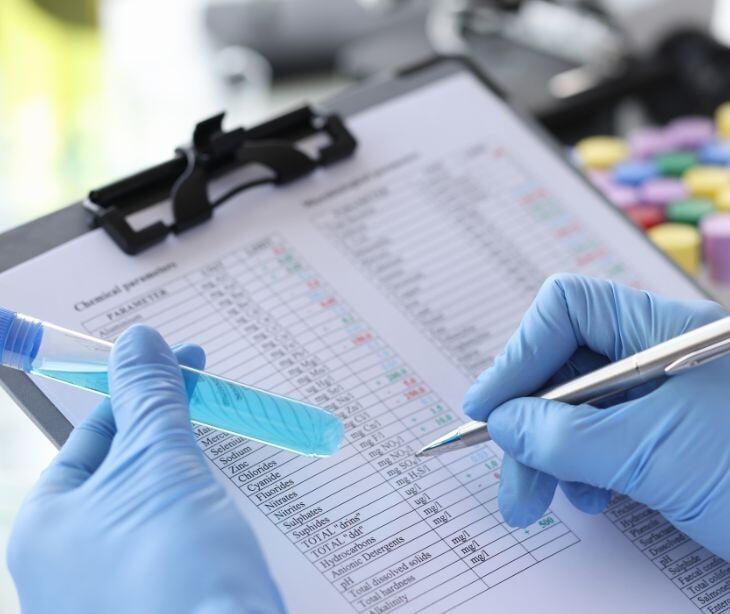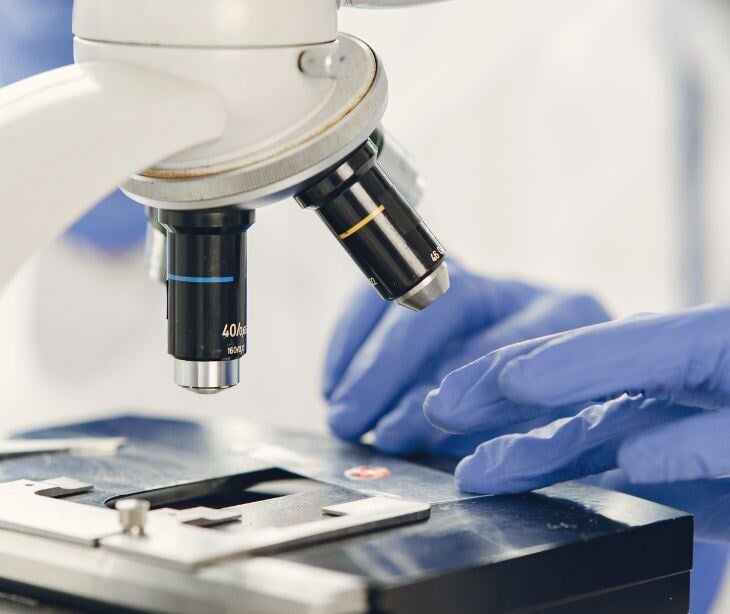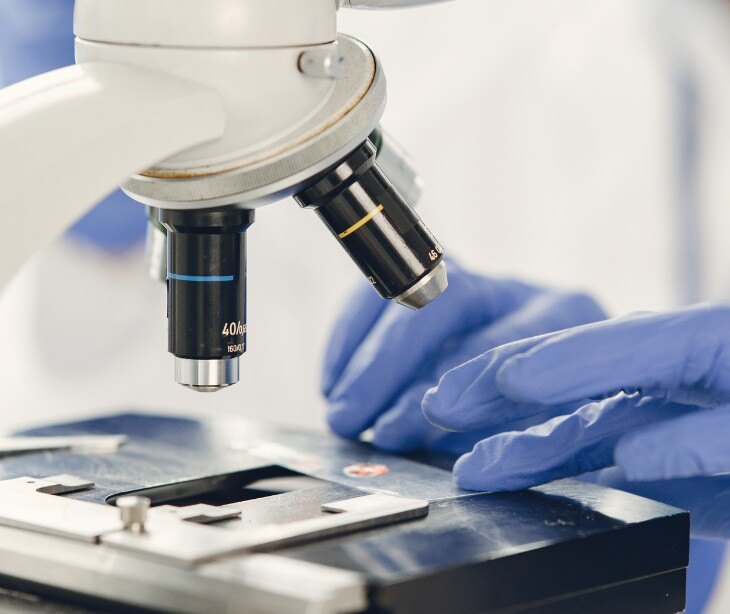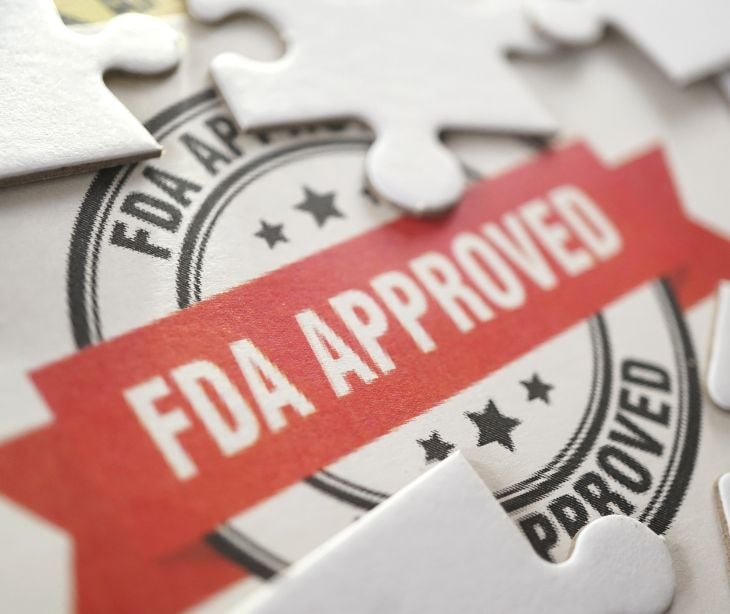
On March 31, 2025, U.S. District Judge Sean D. Jordan of the Eastern District of Texas gave a ruling that struck down the FDA's Laboratory Developed Test Rule in its entirety. The ruling came at a time when laboratories were preparing to implement the FDA's new regulatory requirements that would have phased out enforcement discretion for LDTs over a four-year period.
In the ruling, the Court "VACATES and SETS ASIDE, in its entirety, the FDA's Final Rule entitled Medical Devices; Laboratory Developed Tests, 89 Fed. Reg. 37,286 (May 6, 2024) (to be codified at 21 C.F.R. § 809)." The Court also ordered that it "remands this matter to the Secretary of Health and Human Services for further consideration."
The argument of the court was based on an issue of statutory interpretation: What constitutes a "device" within the Food, Drug, and Cosmetic Act? Judge Jordan determined that "device" refers to "tangible, physical products" rather than "services delivered in LDTs." This interpretation provides a distinction between manufactured diagnostic devices and the laboratory services employed in generating and performing LDTs.
Particularly, Judge Jordan cited the 2007 Supreme Court ruling Microsoft v. AT&T to explain how software as a product is distinguishable from the service-based functionality of LDTs. Congress's failure to act on draft legislation such as the VALID Act and VITAL Act was also mentioned by the court as evidence that Congress had not intended that the FDA was to regulate LDTs as medical devices.
What this means for laboratories now
The impact of this decision is that laboratories which offer LDTs will no longer be within the FDA's medical device provisions under the currently discarded rule. This means:
- No FDA premarket review will be required for moderate and high-risk tests
- Test registration and listing with the FDA is no longer mandatory
- Adverse event reporting to the FDA is not required
- Quality system regulations from the FDA do not apply
- FDA labeling regulations will not need to be followed
According to Steven J. Gonzalez in Federal District Court Vacates FDA’s Laboratory Developed Tests Final Rule, “This decision is a clear win not only for the Plaintiffs, but for the laboratories that the now-vacated Rule threatened to shutter, and most importantly the patients who would have lost access to countless cutting-edge tests.”
Compliance focus shifts back to CLIA
Centers for Medicare & Medicaid Services (CMS) through the Clinical Laboratory Improvement Amendments (CLIA) program regulates the use of LDTs. With the FDA's rule vacated, focus shifts back to CLIA compliance. As outlined in the Regulatory Knowledge Guide for Laboratory Developed Tests, laboratories must maintain compliance with CLIA's requirements for high-complexity testing.
Under CLIA, all LDTs are classified as high-complexity tests, which means laboratories must meet requirements before these tests can be used on patients. Compliance elements include:
Certification and laboratory inspection
- Laboratories must maintain appropriate CLIA certification or accreditation
- Regular inspections are conducted by CMS inspectors
- Inspections include review of all documentation supporting tests developed since the previous inspection
- Laboratories must demonstrate compliance in all testing phases: pre-analytic, analytic, and post-analytic
Proficiency testing
- Required for moderate and high-complexity tests to verify accuracy and reliability
- Involves testing unknown specimens from approved entities
- Performance is compared with other laboratories using the same procedures
- Results validate both the testing process and laboratory personnel's competency
Quality systems
- Written quality control procedures must be established and maintained
- Systems must monitor accuracy and precision across the total testing process
- Quality assessment programs must ensure continuous improvement through ongoing monitoring
- Systems must be appropriate for the specific specialties and testing services offered
Laboratory systems requirements
- General systems for confidentiality, specimen handling, complaint investigations, and communication
- Pre-analytic systems for test requisitions and specimen submission protocols
- Analytic systems including procedure manuals, equipment maintenance, and performance verification
- Post-analytic systems for test reporting and results communication
High-complexity standards
- Laboratory directors must meet additional training and experience requirements
- Procedure manuals must be approved, signed, and dated by the laboratory director
- Technical supervisors and testing personnel must meet specific qualification standards
- Documentation must include detailed protocols for all aspects of test development and performance
The intersection of HIPAA and CLIA compliance
According to CLIA Program and HIPAA Privacy Rule; Patients' Access to Test Reports, HIPAA-covered laboratories must provide individuals with direct access to their test results: "This final rule amends the Clinical Laboratory Improvement Amendments of 1988 (CLIA) regulations to specify that, upon the request of a patient (or the patient's personal representative), laboratories subject to CLIA may provide the patient, the patient's personal representative, or a person designated by the patient, as applicable, with copies of completed test reports that, using the laboratory's authentication process, can be identified as belonging to that patient."
This patient access requirement applies regardless of the FDA's regulatory involvement with LDTs. In fact, the rule explicitly states its purpose is to: "...provide individuals with a greater ability to access their health information, empowering them to take a more active role in managing their health and health care."
For laboratories developing and implementing LDTs, this means maintaining systems for:
Patient access to test results
- Establishing authentication processes to verify patient identity
- Creating secure mechanisms for delivering test reports directly to patients
- Developing protocols for responding to access requests within HIPAA's required timeframes
Data privacy and security requirements
- Certifying that all LDT results and associated patient data are protected according to HIPAA Security Rule standards
- Implementing technical safeguards for electronic PHI generated through LDTs
- Maintaining compliance with the HIPAA Privacy Rule's minimum necessary standard when sharing test results
Documentation and record management
- Maintaining records of test development and validation as part of the designated record set
- Ensuring laboratory information systems can identify and retrieve individual test reports
- Establishing processes for patients to designate third parties to receive their test information
The HIT Policy Committee identified barriers to health information exchange as a significant concern, noting that, "According to the HIT Policy Committee, some stakeholders perceive the CLIA regulations as imposing barriers to the exchange of health information. These stakeholders include large and medium sized laboratories, public health laboratories, electronic health record (EHR) system vendors, health policy experts, health information exchange organizations (HIOs), and health care providers who believe that the individual's access to his or her own records is impeded, preventing patients from having a more active role in their personal health care decisions."
Uncertainty and potential future developments
The court's ruling, while definitive in its immediate impact, doesn't necessarily represent the final word on LDT regulation. Several potential developments could change the current regulation:
Possible FDA appeal
The FDA may appeal the decision to the Fifth Circuit Court of Appeals. If successful, this could reinstate some or all of the vacated rule, creating another compliance requirement for laboratories.
Congressional action
The ruling might lead to Congress taking action on pending legislation like the VALID Act or VITAL Act, which could establish a new statutory framework for LDT regulation.
Modified FDA approach
The FDA could develop a new regulatory approach that addresses the court's concerns about statutory authority while still increasing oversight of LDTs.
State-level regulation
In the absence of FDA oversight, some states might implement their own regulatory requirements for LDTs.
Considerations for laboratories
- Stay informed about regulatory developments: Monitor FDA announcements, court proceedings, and legislative activities that could impact LDT regulation.
- Maintain CLIA compliance: Make certain that your laboratory's existing CLIA compliance program is thorough and well-documented.
- Preserve valuable FDA compliance work: Don't discard work already done to meet FDA requirements, as elements may be useful for CLIA compliance or future regulatory changes.
- Evaluate risk management approaches: Consider implementing risk-based approaches to test validation and quality management that go beyond minimum CLIA requirements.
- Engage with industry associations: Participate in laboratory industry groups that are following these developments and potentially influencing future regulation.
FAQs
What are Laboratory Developed Tests (LDTs)?
LDTs are diagnostic tests that are designed, manufactured, and used within a single clinical laboratory.
What is the CLIA program?
The Clinical Laboratory Improvement Amendments (CLIA) program, overseen by CMS, regulates laboratory testing to ensure accuracy, reliability, and timeliness of patient test results.
Who inspects CLIA-certified laboratories?
CLIA-certified labs are inspected by CMS or approved accrediting organizations to ensure compliance with quality standards.
What is the FDA’s role in laboratory testing?
The FDA traditionally regulates medical devices and drugs, and has sought to apply similar oversight to LDTs, though its authority to do so is now legally challenged.
What is premarket review?
Premarket review is an FDA process where certain tests or devices must be evaluated for safety and effectiveness before they can be used on patients.
Subscribe to Paubox Weekly
Every Friday we'll bring you the most important news from Paubox. Our aim is to make you smarter, faster.



